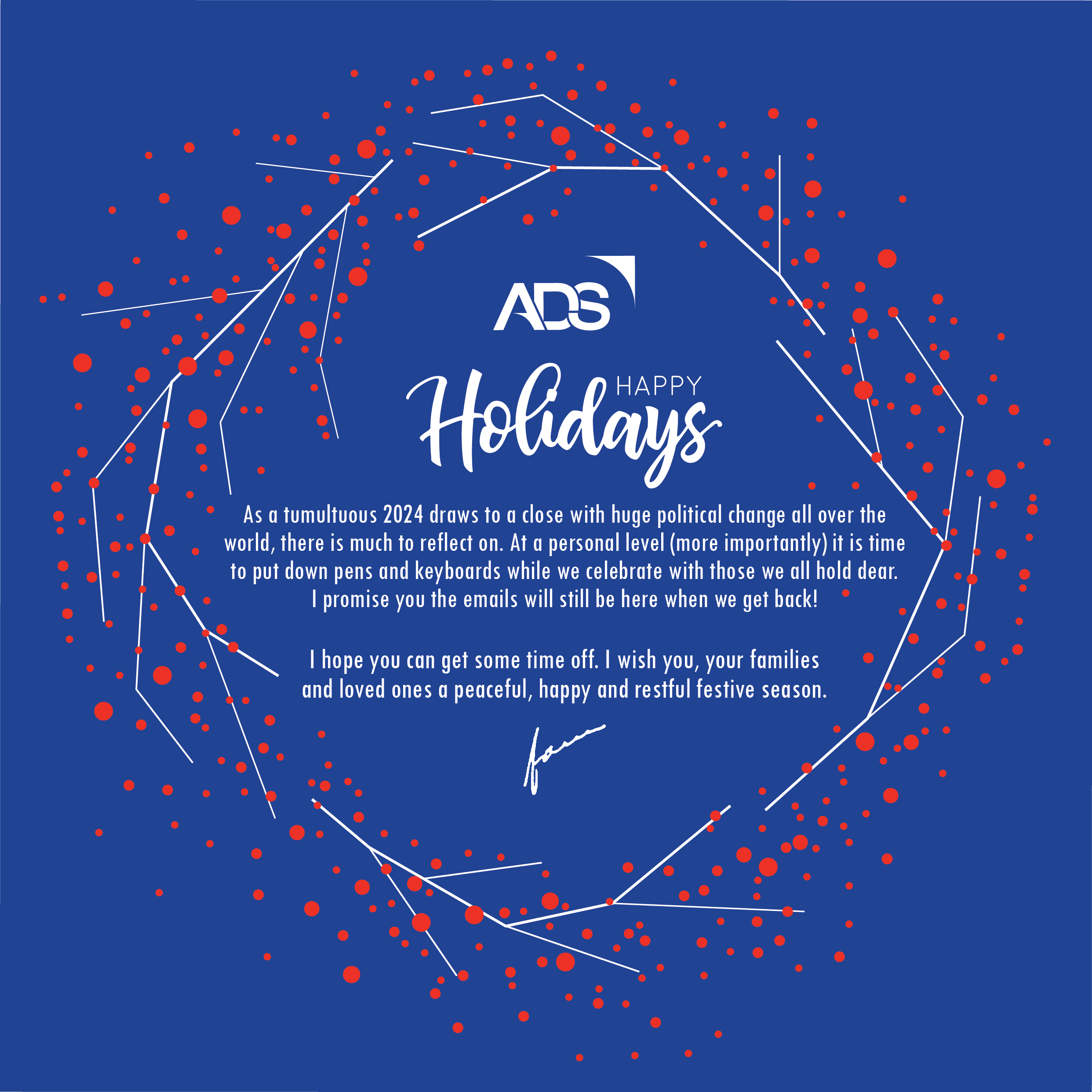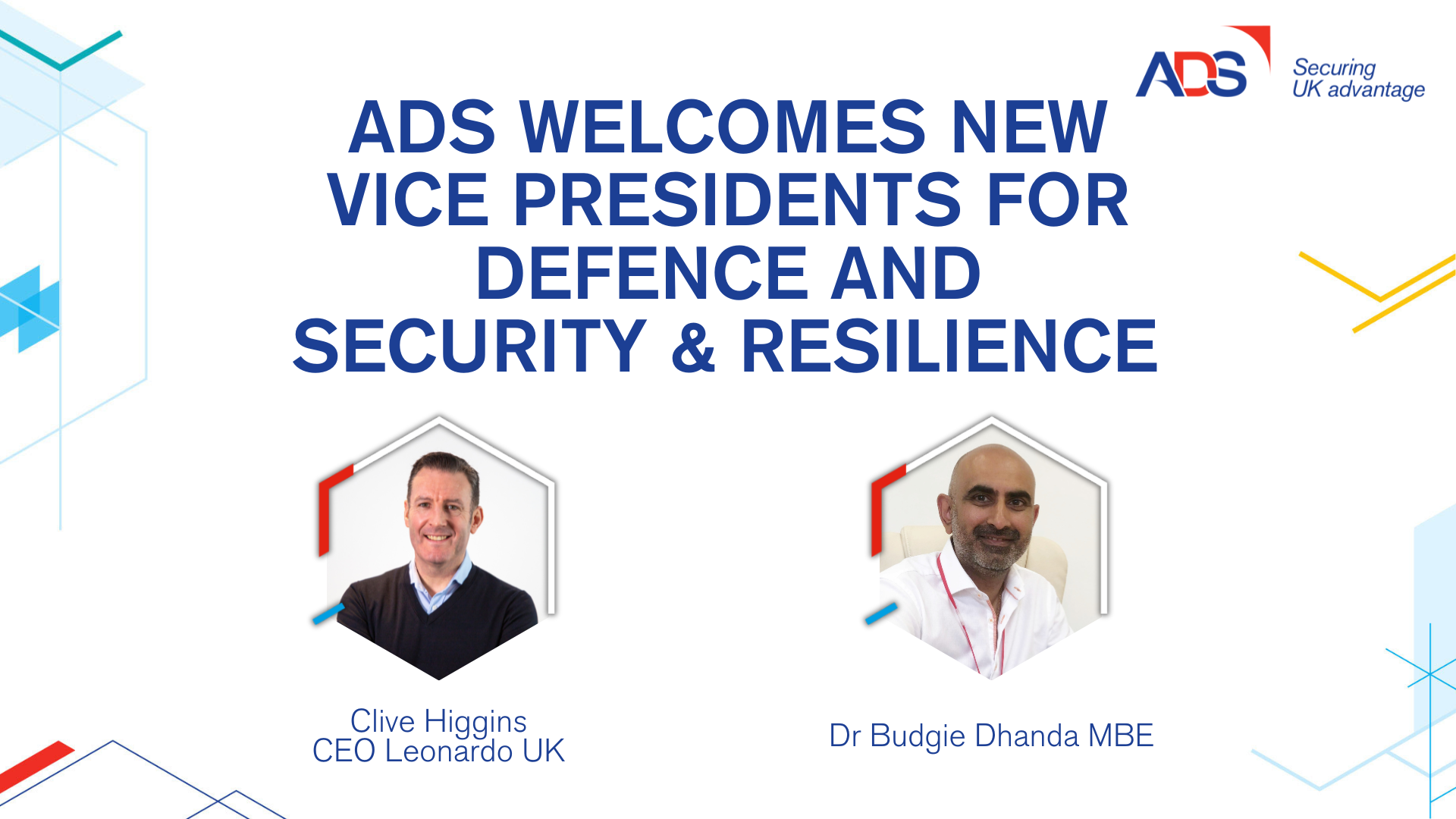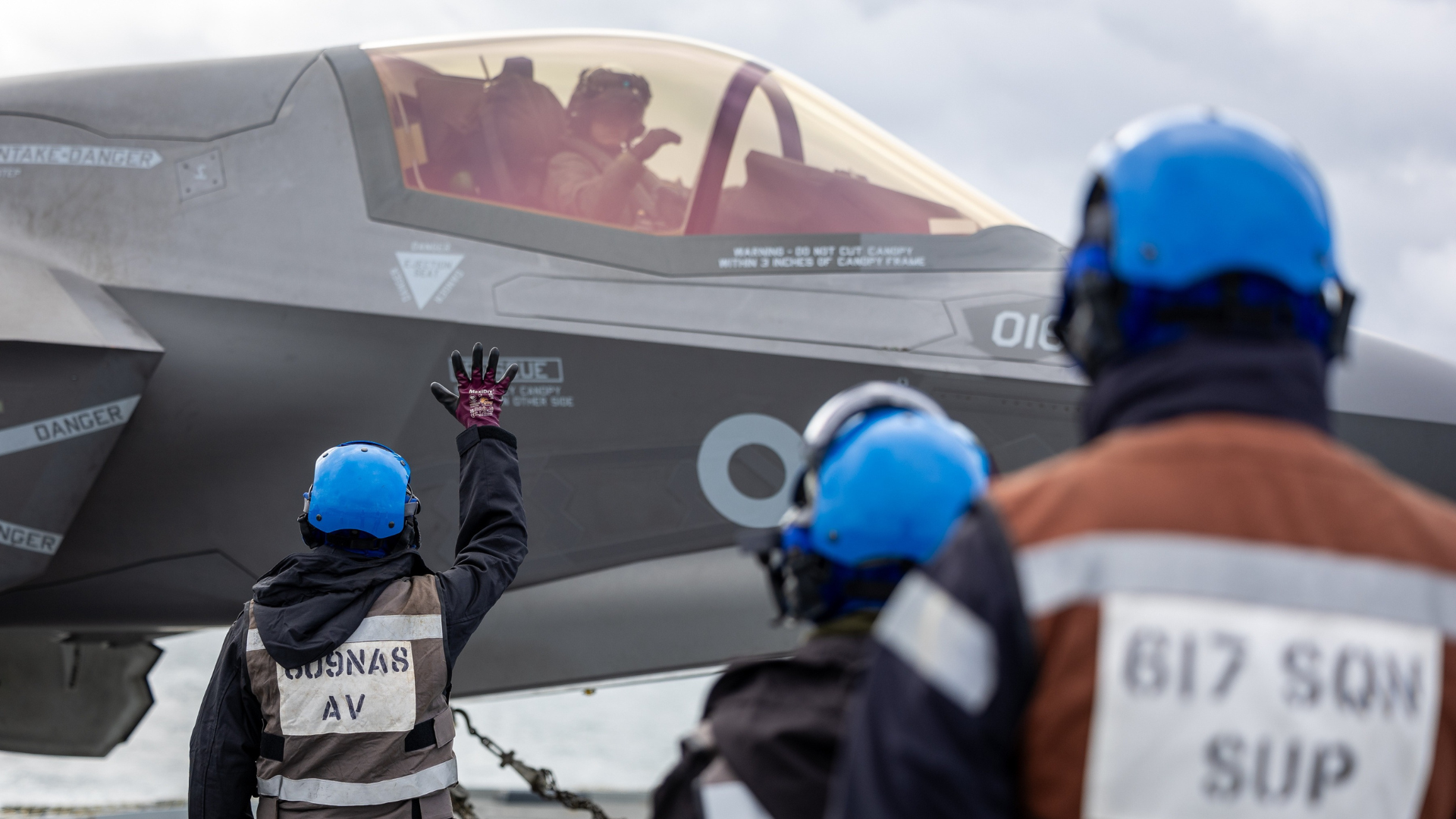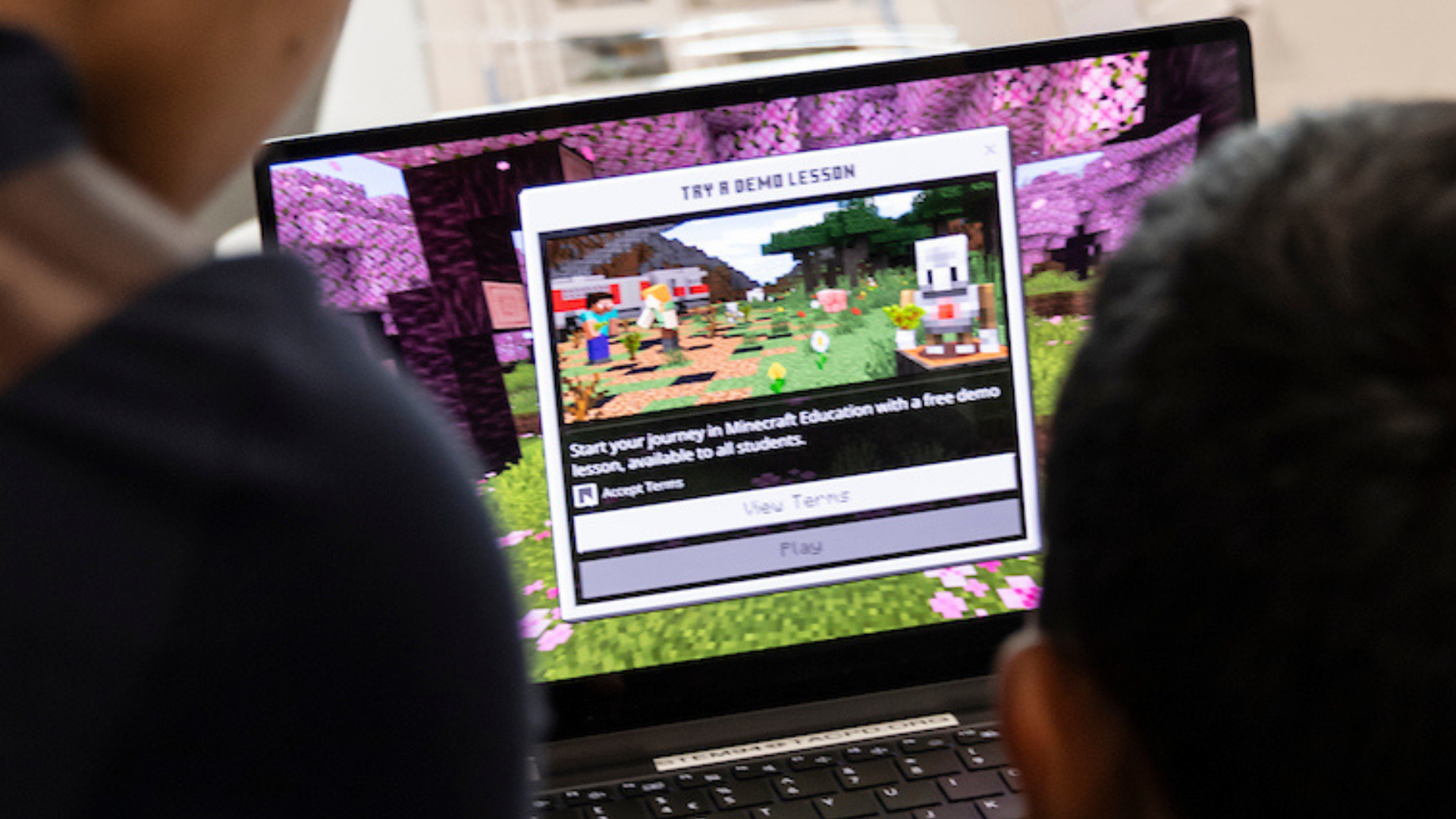
The number of female engineers is increasing year on year but in the UK females only currently account for 11 per cent of the workforce in engineering and there is still a long way to go. For International Women in Engineering Day on 23 June, we caught up with some women from our member companies to find out how they came about working in our industries.
How did you become an engineer?
Jamie D’Arth, mechanical engineer at MBDA, said: “Up until the age of 15 I had always wanted to be a vet. However, work experience at a local veterinary clinic changed my views on working in the animal care sector and for the next few years I was unsure about what I wanted to do.
“An engineering teacher at school signed me up to the World Skills Mobile Robotics competition as programming was a hobby of mine and I ended up enjoying the competition a lot. It was there where I met two engineers from MBDA who explained how wide-ranging engineering can be. I began to see how the skills I already possessed could fit into the sector and decided that this was what I wanted to.”
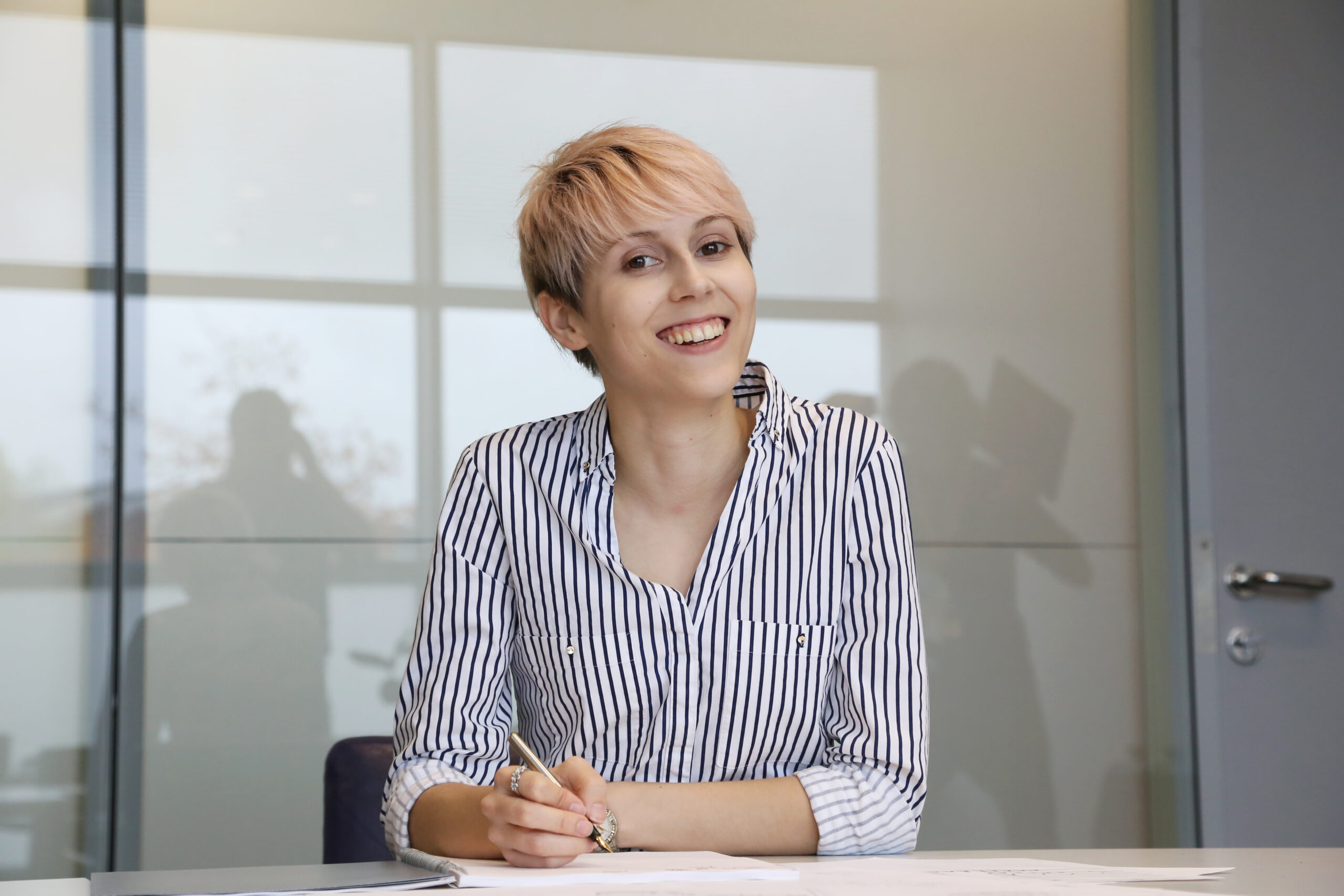 Jamie D’arth, MBDA
Jamie D’arth, MBDA
Francesca Gaylor, graduate engineer at MBDA, said: “From a young age I had a natural flair for both Maths and Art & Design. My father, an ex-electrical engineer, often spoke about how enjoyable his work was which encouraged me to study Maths at University. However, from growing up and having only met male engineers, it would be fair to say I had the mentality that engineering was for men and largely consisted of wearing a hard hat and PPE. I’m quite a ‘girly’ girl and never saw myself fitting into that environment.
“After studying the Quantum Harmonic Oscillator in my final year of Maths I decided to research Applied Mathematics and after reading testimonials from women engineers who were similarly minded to me that I discovered Aerospace Engineering. Being interested in sci-fi and technology – this seemed like my area of interest! I then went on to study an MSc in Aerospace Engineering.”
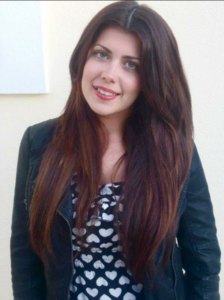 Francesca Gaylor, MBDA
Francesca Gaylor, MBDA
Victoria Roots, senior systems engineer at BAE Systems, almost followed an entirely different career path to engineering when she taught secondary school Information Technology for two years after university.
However, with a degree in Electronics and Communications Engineering from the University of Kent, Victoria decided to return to her degree subject and pursue a career in engineering.
Victoria said: “I wanted to teach engineering but not many schools offer this as a subject. I loved teaching and interacting with young people, however I felt that I wanted to use the skills I picked up in my degree more. After working in a different area for a couple of years, I decided I wanted to find a graduate scheme which would let me hone my technical skills.”
Victoria has always had an interest in aerospace, so when she discovered BAE Systems’ Electronic Systems business unit was based near to her hometown; she decided to apply to the company’s Graduate Development Programme.
“I accidentally fell into Aerospace, and my only regret is that I didn’t head down a scientific education route sooner”.
Jenny Smith, apprentice engineer at Aeromet, said: “I had studied an eclectic range of subjects, ranging from classical civilisation to geology, silversmithing and a BSc in Gemmology. Due to having no actual scientific background, I discounted the possibility of ending in a STEM based career. However, after somehow getting a job in an Aerospace release department, I realised three things: I love the science of metals and alloys; There’s no such thing as too much data (just badly organised data) and; All the interesting jobs have ‘Engineer’ in the title. I am now an apprentice mechanical engineer and have the best of both worlds – academic study and a great workplace.”
 Jenny Smith, Aeromet
Jenny Smith, Aeromet
Find out more about International Women in Engineering Day.
Find out more about career opportunities at BAE Systems, Aeromet and MBDA.


